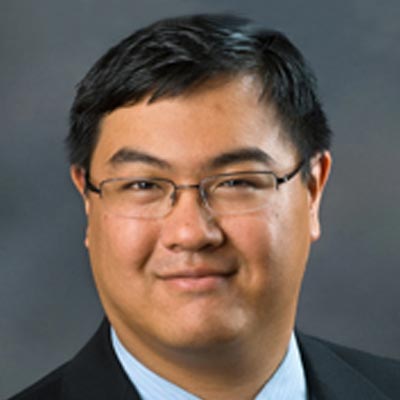
In a time of cryptocurrency, self-driving cars, and Artificial Intelligence ChatGPT, rest assured technology and medicine remains safely in the hands of your physicians. This year brings the expansion of Memorial Satilla Health’s robotic surgery program, but robotic surgery is not a new development and our surgeons are still very much in charge of the procedure.
Robotic-assisted procedures have been employed since 1985, but the cost associated with robotics program has limited the technology access to large academic centers such as University Hospitals or affluent private hospitals until recently. Memorial Satilla is proud to provide our surgeons with the necessary tools to improve the quality care for patients in our communities.
Robotic surgery improves upon certain aspects limited to conventional “laparoscopic” technology, more commonly known as laser surgery or keyhole surgery. Visualization is much improved with not only a 3D view compared to a two-dimensional perspective, but also a more steadied camera view.
The manual dexterity technology, piggybacked from military and NASA applications, the robot offers is unparalleled. The robot essentially uses miniature scaled tools to replicate the natural movement our hands would have inside the operating space.
Versatility is what makes this system so amazing. Like a mechanic’s toolkit is useful for a variety of tasks from automotive to home repairs, the robot can be utilized for various specialties such as general surgery, gynecology, urology, and thoracic surgery. In surgical training, more physicians are graduating with broader experience in robotic operation and will preferentially seek those opportunities out. As more robotic surgical programs are developed, I would not be surprised to find its applications for a larger variety of surgical fields. I expect in ten years robotics will be the mainstay of most thoracic and abdominal operations.
All of these advancements comprise a flexible toolkit that adds to the experience your surgical teams can provide for your care. Patients often have a faster recovery with less pain, and surgeons can more precisely operate on anatomy.
When my operating staff asks if this makes us faster surgeons, I say ‘no.’ Our patients need good surgeons who happen to be fast, not fast surgeons who happen to be good.” This system allows good surgeons to make challenging operations easier to perform which leads to better outcomes for both the patient and physician.
However, a surgical robot is not a catch-all for patients. A vast amount of diagnoses still require conventional “open” surgeries. Some critical situations where immediacy outweighs the benefits the device can provide also call for conventional methods. As always, discuss with your physician the specifics of your surgical diagnosis and whether your operation is the best for you. If you have particular questions, reach out to Memorial Satilla’s healthcare providers or surgical specialists for answers.
Learn more about general surgery at Memorial Satilla.

About the Author: Dr. Sigismund Lee is a board-certified General Surgeon and the current Chief of Surgery at Memorial Satilla Health. Dr. Lee completed his medical degree at the University of Illinois at Chicago and his internship and residency at Atlanta Medical Center. In April 2009, Dr. Lee relocated to Waycross and has served our community since. Dr. Lee performs a wide range of general surgery cases at Memorial Satilla including imaging guided breast biopsies, lumpectomies, mastectomies and thyroidectomies and is proficient in laparoscopic cases such as cholecystectomies, appendectomies, hernia’s and surgeries of the colon. In his spare time Dr. Lee enjoys playing board games with the Waycross Gaming Community and taking thrill-seeking rides on his motorcycle.
$webqFacilityNumber
Need a Physician?